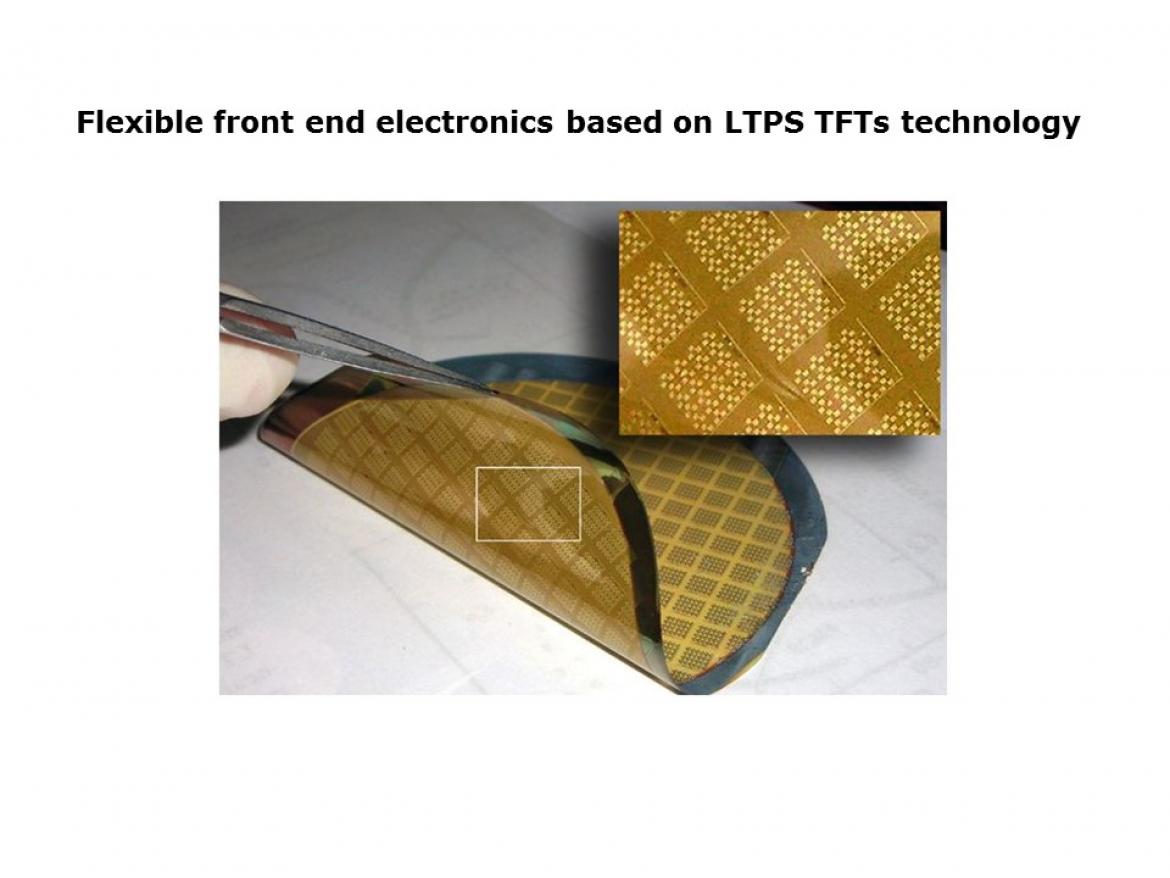
Wearable electronics and pervasive ambient computing are two scenarios where largely distributed flexible sensors networks are expected to be heavily used. The growing demand for sharing large stream of data among groups of people in different places at different times is now pushing researchers and scholars towards the creation of individual smart sensors networks, where each person constitutes a node of the web or, on the other hand, towards the development of smart sensing infrastructures, where some information can be concentrated in a place and can be exchanged simply passing through them. The advantages of such a communication philosophy can be numerous in terms of time optimization, costs reduction and more generally in terms of improving the quality of life.
Flexible smart sensors can be cheap, light, long-lasting, and even stretchable. They can also be made transparent and extremely thin in order to be easily hidden in specific places such as museum, galleries, etc. Flexible smart sensors can be fully integrated with their front-end electronics, thus leading to flexible sensing systems, or conceived in disposable smart tags, exploiting the so called multi-foil approach. However, in any case, a suitable flexible electronics must be mounted on these sensing systems to further boost the development of these applications and to push forward towards other emerging markets like robotics, aerospace, automotive etc. Therefore, new requirements on front-end electronics and sensing systems are mandatory: the device performances must be competitive respect to the properties of conventional applications based on crystalline silicon, in terms of operating frequencies, electrical stability and low power consumption.
A very attractive technology for flexible electronics application is represented by the low temperature polycrystalline silicon (LTPS) thin film transistors (TFTs) technology, since it combines good electrical characteristics (carrier mobility around 100 cm2/Vs), the possibility to exploit CMOS architectures, excellent mechanical and electrical stability with the compatibility to fabricate devices directly on flexible substrates at minimal changes in the equipment and processes.

